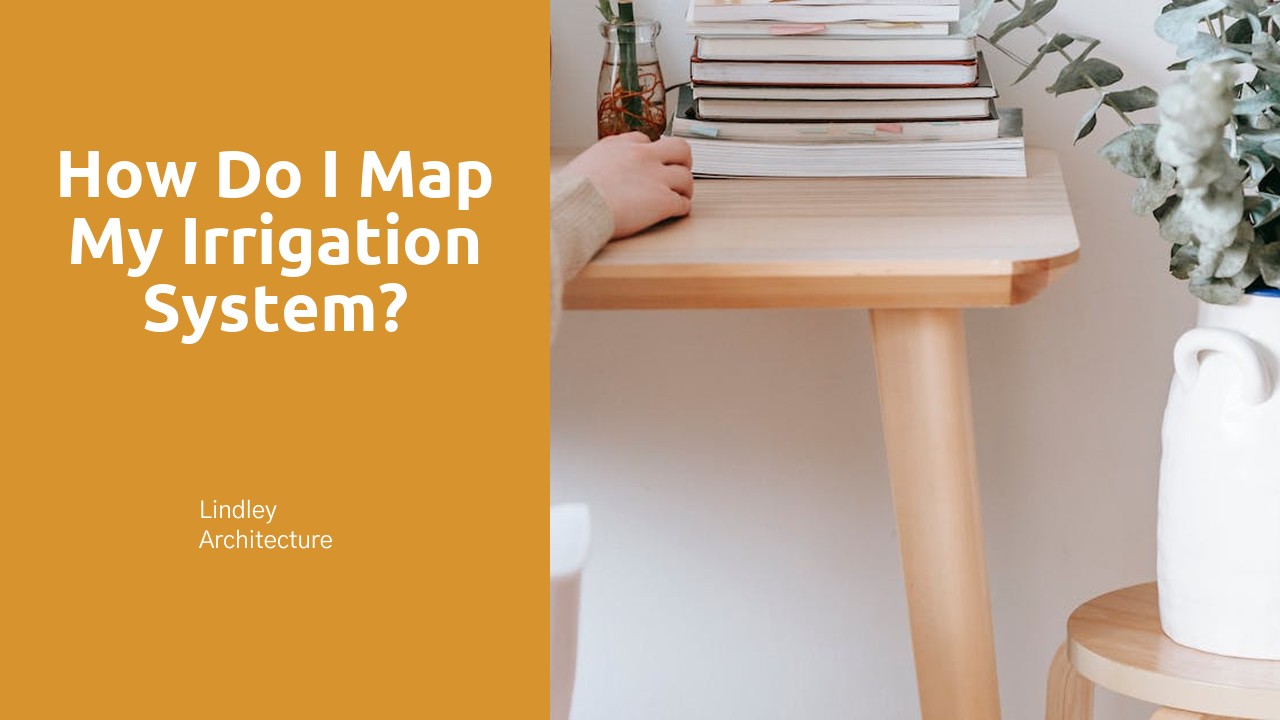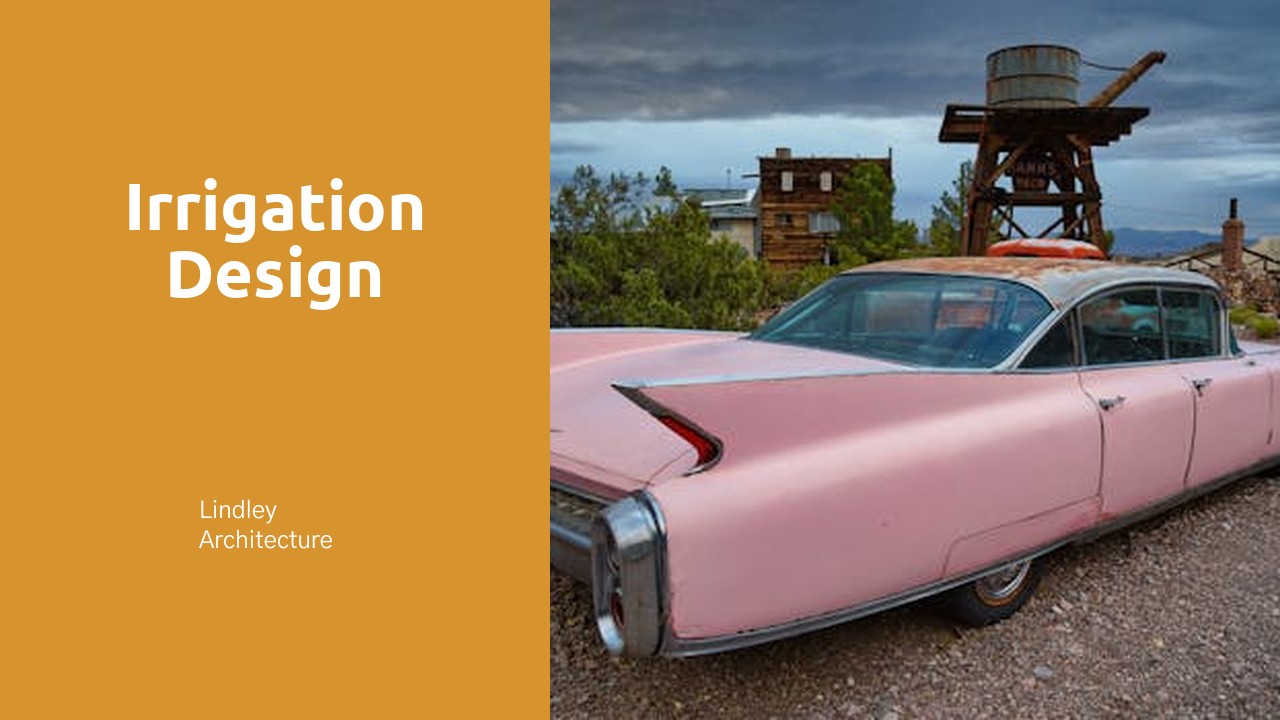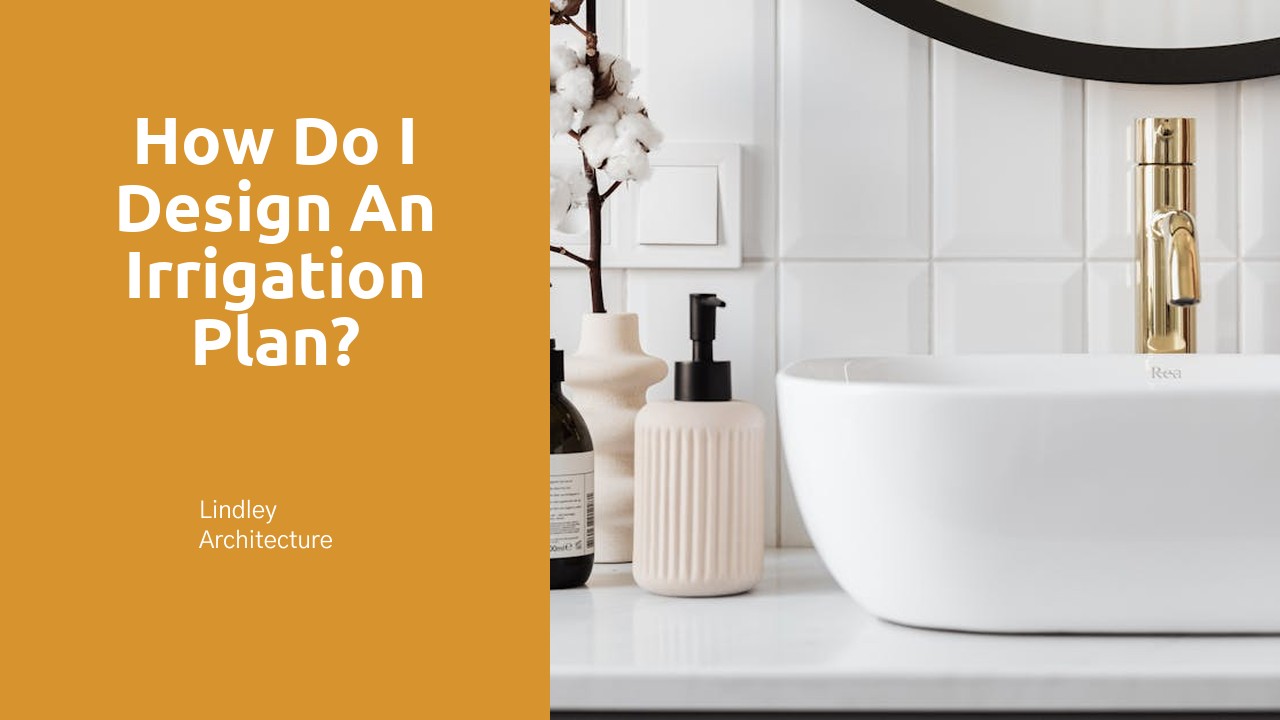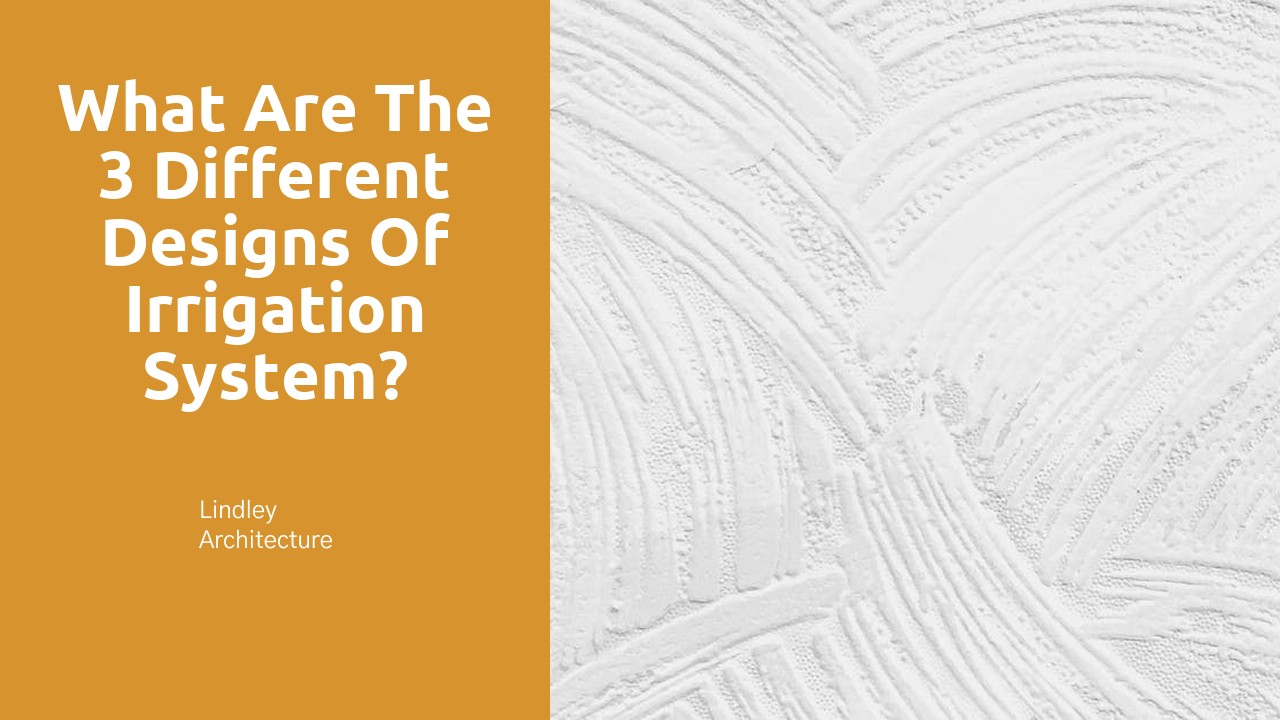
Table Of Contents
Maintaining Your Irrigation System
When it comes to maintaining your irrigation system, regular checks and maintenance are key to ensuring optimal performance. In Irrigation Design in Kleinburg, it is essential to inspect the system periodically for leaks or clogs in the lines, as these can lead to inefficiencies in water distribution. Additionally, make sure to adjust the sprinkler heads to ensure they are providing adequate coverage without overspray, which can result in water wastage and potential damage to plants or structures.
Another crucial aspect of maintaining your irrigation system is to monitor the water pressure regularly. Incorrect water pressure can affect the efficiency of the system and lead to uneven distribution of water. By conducting routine pressure checks, you can ensure that your irrigation system is operating at its best and delivering the right amount of water to each area of your landscape.
Clearing Clogs in Drip Lines
To maintain the efficiency of your irrigation system, it's crucial to address clogs in drip lines promptly. When dealing with clogs in your drip lines, start by turning off the irrigation system to prevent any further blockage. Next, carefully inspect the affected area to identify the exact location of the clog. Once located, gently remove the clogged material, such as dirt or debris, using a small tool like a toothpick or a small wire. After clearing the clog, you can turn the system back on to ensure water flows freely through the drip lines again, optimizing the irrigation efficiency in your system. As part of proper maintenance practices for Irrigation Design in Brantford, regular checks for clogs should be incorporated into your routine to prevent any potential damage to your irrigation system.
Troubleshooting Common Issues
When troubleshooting common issues with your irrigation system, it's crucial to start by inspecting all the components and connections to identify any visible problems. Check for leaks, clogs, or damage along the pipes, valves, and sprinkler heads. Set your system to run and observe the coverage to ensure all areas are receiving adequate water. If you notice any dry spots or excessive pooling, this could indicate a need for adjustments to the sprinkler angles or positions.
Next, consider the water pressure in your system. Low pressure may lead to insufficient watering, while high pressure can cause misting and over-spraying. Adjust the pressure regulator if necessary to achieve the optimal flow rate for your specific setup. Additionally, it's advisable to double-check the programming on your irrigation controller to ensure it aligns with the needs of your landscape and the local climate, especially in areas such as Irrigation Design in Guelph, where weather patterns can vary seasonally.
Adjusting Sprinkler Angles for Overspray
When dealing with overspray from your sprinkler system, adjusting the angles of the sprinkler heads can help mitigate this issue. Proper adjustment of the angle ensures that water is directed to the desired areas without wasteful overspray. In Irrigation Design in Kingston, it is recommended to assess the current spray pattern and make adjustments as needed to prevent water from landing on sidewalks, driveways, or other non-target areas.
By gently adjusting the arc and angle of the sprinkler heads, you can tailor the irrigation coverage to the specific needs of your landscape. This process may require some trial and error, but it is a crucial step in optimizing the efficiency of your irrigation system. With this meticulous approach, you can ensure that water is being distributed evenly and effectively across your lawn and garden, minimizing overspray and water wastage.
Upgrading Your System for Efficiency
When it comes to upgrading your irrigation system for efficiency, there are several factors to consider that will help you optimize your water usage and maximize the effectiveness of your system. One key aspect to focus on when upgrading your system is ensuring that your irrigation design in Whitby is well-suited to the specific needs of your landscape. This means considering factors such as the type of plants you have, the layout of your garden or lawn, and the local climate and soil conditions. By customizing your irrigation design to these specific factors, you can ensure that your system delivers water where it is needed most, minimizing waste and promoting healthy plant growth.
Another important consideration when upgrading your system for efficiency is the use of smart irrigation controllers. These controllers use advanced technology to adjust watering schedules based on factors such as weather conditions, soil moisture levels, and plant water requirements. By investing in smart irrigation controllers for your irrigation design in Whitby, you can ensure that your system operates at peak efficiency, delivering the right amount of water at the right time. This not only saves you time and effort in manually adjusting your system but also helps to conserve water and reduce your overall water usage.
Installing Smart Irrigation Controllers
Installing smart irrigation controllers can significantly enhance the efficiency of your irrigation system. By incorporating innovative technology, these controllers enable you to program watering schedules based on specific parameters such as plant type, soil type, and weather conditions. This targeted approach to irrigation helps to prevent water waste and ensures that your plants receive the right amount of water at the right time. In Irrigation Design in Brantford, smart controllers can be a valuable investment for managing water usage and promoting sustainable gardening practices.
Furthermore, smart irrigation controllers offer remote access through smartphone apps, allowing you to monitor and adjust your system from anywhere at any time. This convenience not only saves you time but also provides real-time data on water usage, helping you to track and optimize your irrigation practices. In Irrigation Design in Brantford, integrating smart controllers into your system can improve water efficiency and help to conserve water resources for a greener and more environmentally friendly landscape.
FAQS
How can I map my irrigation system effectively?
To map your irrigation system, start by identifying all the components including sprinkler heads, drip lines, valves, and water sources. Use a measuring tool to accurately measure the distances between each component and create a detailed layout on paper or using digital mapping tools.
Why is it important to map my irrigation system?
Mapping your irrigation system helps you understand the layout of your system, locate potential issues such as leaks or clogs, and optimize water distribution to ensure efficient watering of your landscape.
What should I consider when mapping my irrigation system?
When mapping your irrigation system, consider factors such as water pressure, flow rate, elevation changes, and the type of plants in each zone. This information will help you design an effective watering schedule and make necessary adjustments for optimal performance.
How often should I update my irrigation system map?
It is recommended to update your irrigation system map whenever you make changes or additions to the system, such as installing new components, adjusting sprinkler heads, or replacing old pipes. Regular updates will ensure that your map remains accurate and useful for maintenance and troubleshooting.
Can I hire a professional to help me map my irrigation system?
Yes, you can hire a professional irrigation specialist or landscaper to assist you in mapping your irrigation system. They have the expertise and tools to create a detailed map, identify potential issues, and recommend improvements for efficient water usage and proper maintenance of your system.






